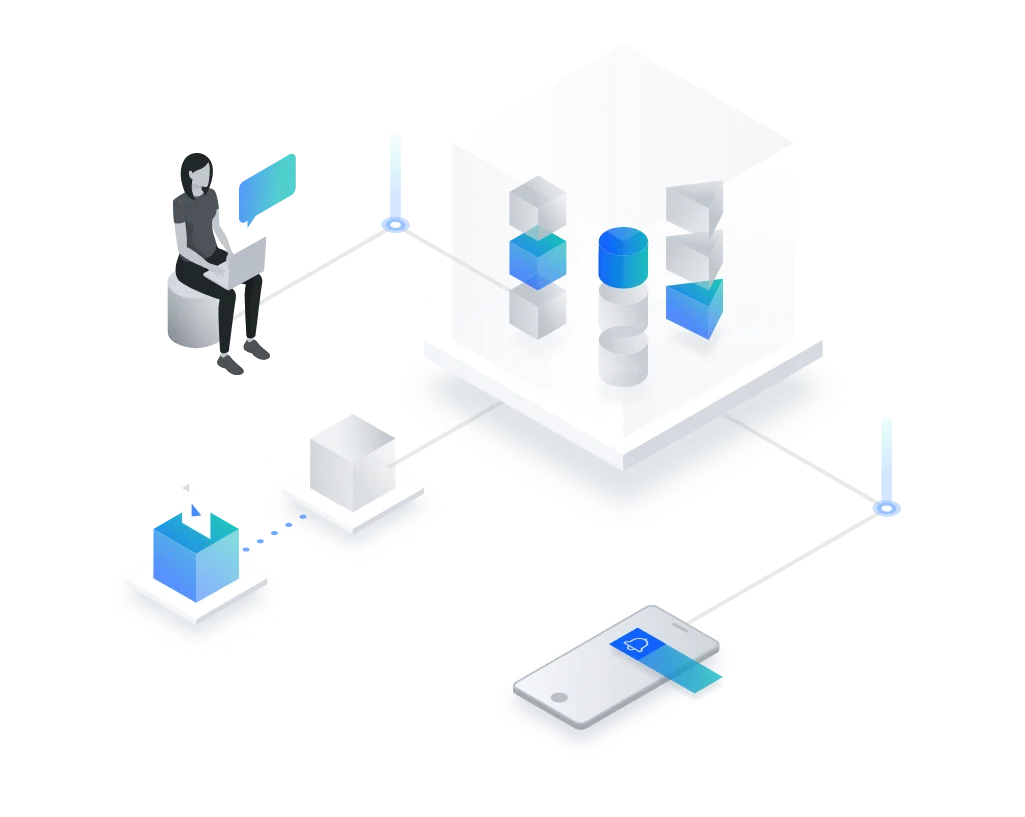Most businesses use IoT technology to obtain data about their products and physical assets. Once this data is collected, it can be analyzed to reveal insights about how those devices are being operated, how they fit into business operations, and how they provide value for the customer.
For example, an automaker builds vehicles by combining several parts provided by original equipment manufacturers (OEMs). Potentially, each one of those parts, along with the vehicle itself, can be equipped with sensors to become part of the Internet of Things. Those sensors can then collect data after the vehicle is purchased by the customer, then relay that information both to the auto manufacturer and the OEMs.
alongside internet connectivity
Those companies can then use that data to better understand how their products are being used, when they need to be repaired or replaced, and how they can be improved. This provides them with more service capabilities for the customer, including the ability to sell maintenance guarantees and inform the customer when it’s time for repairs.
Companies can also use IoT data internally to measure how effectively they are using their equipment. The data they generate can reveal insights that lead to better efficiency or ways to improve the lifespan of those investments, thus saving the company money.




